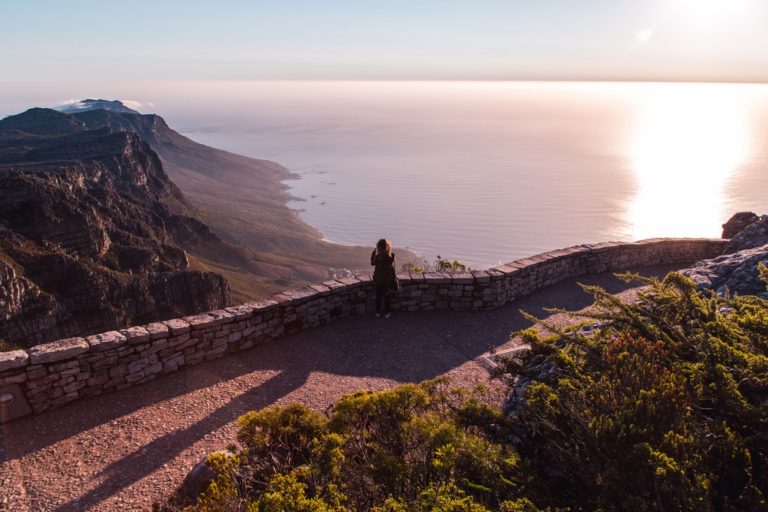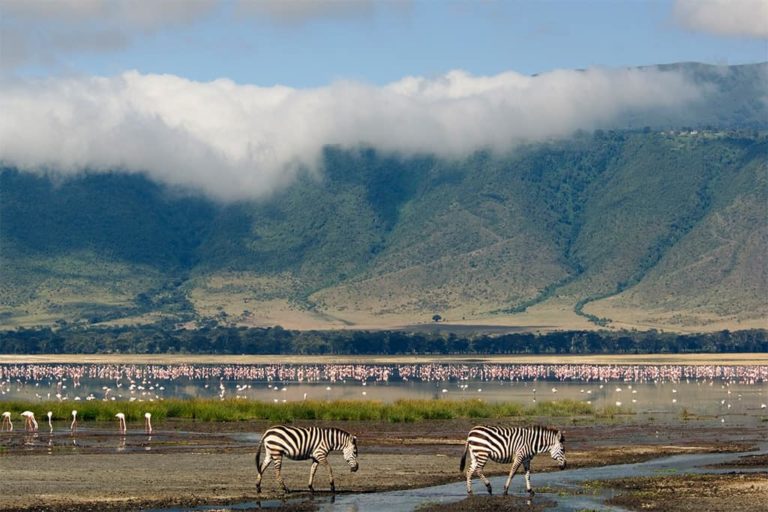The country of Uganda is a beautiful land, full of opportunity, friendly people, and thrilling adventures. Uganda is a country in Eastern Africa, bordering Lake Victoria and Rwanda to the north, South Sudan to the south, and Kenya to the east.
Uganda has close ties with India as both countries were one of the last parts of Eastern Africa to be settled by Europeans. In fact, it was in Uganda when British explorer Mutesa II signed treaties with Britain that led them into a protectorate relationship. It was also where they first introduced coffee production in East Africa.
Interestingly, Uganda is also called “The Pearl of Africa.” Sir Winston Churchill gave this name on his visit to the country during British rule. This nation gained its independence on October 9, 1962.
Today, Uganda’s economy is based mainly on agriculture and tourism, with coffee being the most important export crop.
Uganda is also famous for its abundant wildlife that includes chimpanzees and rare birds. Visiting the Remote Bwindi Impenetrable National Park is a must. You can see the mountain gorillas in their sanctuary.
Murchison Falls National Park is another beautiful place to see wildlife amidst the natural beauty enhanced by the 43m tall waterfall.
Uganda boasts immense natural beauty not just because of its national parks but also because of its landscapes. In addition, it houses the Rwenzori mountains, which is also deemed to be a great place to hike.
Uganda also houses the largest volcanic caldera in the world- Mountain Elgon and the largest lake of Africa-Lake Victoria.
Geography
South Sudan borders Uganda to the north, Kenya to the east, the Democratic Republic of the Congo to the west, and Tanzania and Rwanda to the south.
It has a natural boundary on its west made by the Virunga Mountains, Ruwenzori Range, and the Western Rift Valley.
Uganda’s northeastern border of the plateau comprises volcanic mountains such as Mount Morungole, Mount Moroto, and Mount Kadan.
Climate
The climate of Uganda is determined by its elevation as well as by the presence of lakes. The country typically has 12 hours of daylight.
Uganda gains adequate precipitation annually that ranges from less than 500 mm in the northeast to a high of 2,000 mm in the Sese Islands of Lake Victoria.
It has two monsoon seasons; one from April to May and another from October to November.
Nature & Wildlife
Uganda is a great place to unwind in nature. It has heavy vegetation in the south. The central and northern parts of Uganda are, however, wooded savannas.
Uganda’s driest regions have treeless plains and thickets.
Lake Victoria has beautiful scenery as it is covered by elephant grass and forest remnants.
You will find lions and leopards in the national parks of Uganda. Hippopotamuses and crocodiles inhabit the lakes and rivers.
Mountain gorillas and chimpanzees are found in the western side of the country, whereas elephants, Uganda antelope, and buffalos are found in the north and west. You will also spot black rhinoceros and giraffes on the northern side of the country.
Other wild animals found in the country are zebras, elands, topis, and more.
Uganda also houses a variety of bird and fish species.
Culture
Uganda has a diverse culture. It constitutes several ethnic groups, and each ethnic tribe has its language, customs, and norms.
Travelers love the authenticity and enjoy learning about the different cultures of the country.






